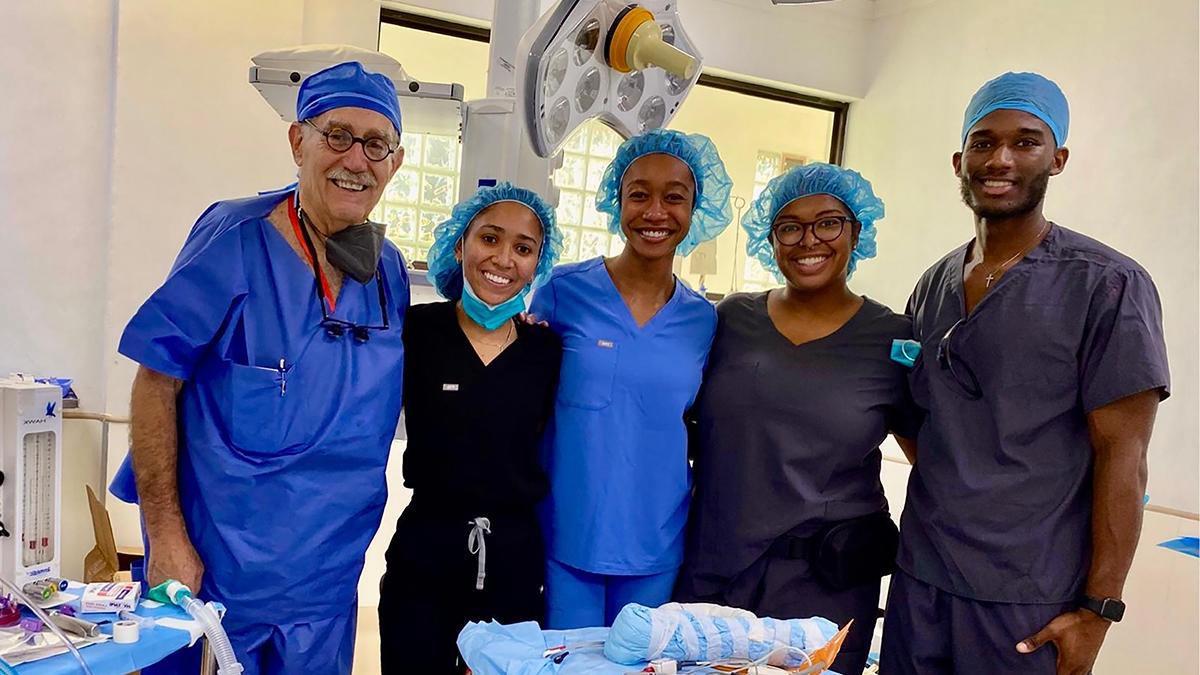Senior researches cicadas’ impact on local food web
With a Summer Undergraduate Research Fellowship, Alexander Smith studied how the bugs affected animal feeding habits.

The emergence of millions of cicadas across North Carolina caused a buzz this spring as Brood XIX surfaced locally for the first time in 13 years.
For Alexander Smith, the arrival of the periodical cicadas around Carolina’s campus also presented an opportunity for research.
Smith, a senior biology major, was curious how the addition of millions of bugs would impact the food web dynamics of insects and their predators, including birds, reptiles, arachnids and small mammals.
“When periodical cicadas are introduced into an ecosystem and into a food web, it’s going to alter that food web,” Smith said.
A passion for the outdoors
Smith’s work in the laboratory of biology professor Allen Hurlbert is supported by a Summer Undergraduate Research Fellowship grant from the Office for Undergraduate Research. The laboratory experience and community have been central to Smith’s past year at Carolina.
Smith, 28, describes himself as a nontraditional student. After graduating high school, he served in the Army and later enrolled in Cleveland Community College. He transferred to Carolina to pursue a career related to his love for animals and the outdoors.
“I grew up in Casar, North Carolina,” said Smith. “It’s on the back side of South Mountain. My grandfather owns a ranch out there, and he passed it down to me, so my weeks are pretty full. During the weekdays, I’m doing research. On the weekends, I’m taking care of cattle.”
Through a class project in an introductory biology course, he volunteered for the lab’s local bird population project then took a more permanent position with the research team.

Students and researchers Grace Layman, Ivara Goulden, Isabella Nieri and Alexander Smith check for insects found on Carolina’s campus. The collaborative nature of the lab is one of Smith’s favorite aspects of research. (Jess Abel/College of Arts and Sciences)
Counting caterpillars
The Hurlbert laboratory studies birds and their food sources and leads Caterpillars Count, a citizen science project that encourages community members to count and report the insects and spiders they find in their backyards.
Caterpillars, Smith said, are excellent sources of nutrition for birds and their fledglings. Clay versions of the bugs make great decoys and allow researchers to identify the animals in the area by the bite and strike marks they leave behind on the soft green clay.
“A bird strike will normally be a completely clean ‘V’ shape, like a cut,” said Smith. “Arthropods will normally leave two little indents. Very small mammals, when they’ve been chewing on it, you’ll see the teeth marks.”
So far this summer, Smith has deployed 600 clay caterpillars at five sites across the Triangle area, including Carolina’s campus, Eno River State Park in Durham and Prairie Ridge in Raleigh. When he returns to a site a week after attaching clay caterpillars to bushes and trees, he notes the types of marks and how many caterpillars have them.
Smith thinks the caterpillars deployed during the height of Brood XIX’s emergence will have fewer marks compared to those deployed at other times, since birds were choosing readily available cicadas over caterpillars.
He has already observed this in the field. But he won’t be able to present his findings until he analyzes his data from the summer deployments back in the Hurlbert laboratory. Along with writing a research paper, Smith will share his work at the annual Celebration of Undergraduate Research in spring 2025.
His experience in the Hurlbert lab has been one of the most memorable parts of his time as a Tar Heel, he said, thanks to the support and collaboration of SURF adviser Hurlbert, doctoral student and researcher Ivara Goulden and his lab mates.
“It honestly is a wonderful lab environment. We all have different projects that we’re working on, but we help each other out. And that just makes the work environment better.”







